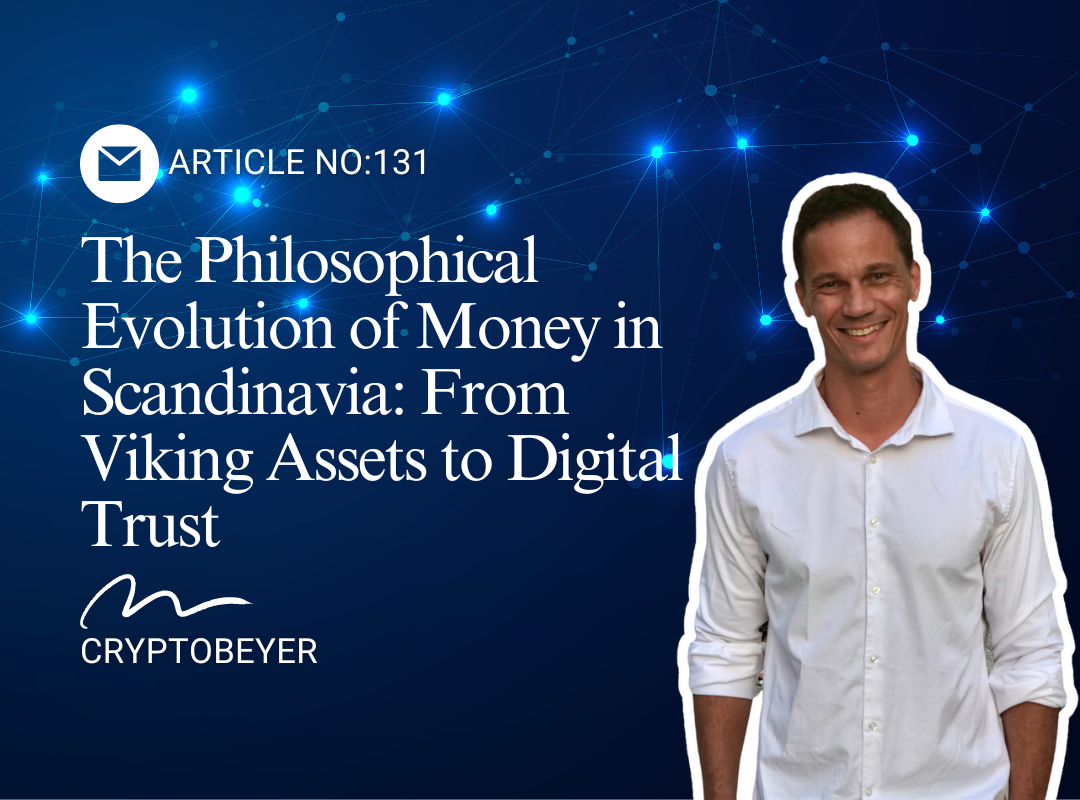From the days of the Vikings to the modern digital age, people's understanding and use of currency have transformed over centuries. The way we relate to money is closely linked to our needs and wants. The journey of money in Scandinavia reveals an interesting story of philosophical change among the population.
In the brutal Viking Age, Scandinavians engaged in trade primarily through bartering goods and utilizing silver as a form of currency. Hum, they raped and pillaged as well. During this time people relied on the intrinsic worth of goods and money reflected a strong belief in the physical value of assets.
The 11th century brought a big change when coins were introduced, influenced by foreigners. This marked a major shift towards using standardized currency, showing that people were starting to accept a common way to trade goods. It’s clear that standardization grew important for people’s financial lives and the next step in the evolution of money was taken.
As Scandinavia progressed into the 17th and 18th centuries, the establishment of central banks in Denmark, Sweden, and Norway signaled another philosophical transition. People started to trust the government more when they began using paper money issued by the government. This showed a shift away from relying on valuable metals like silver and gold, towards trusting the government to control and back the currency.
But they soon realized that we should not just print money.
The late 19th century witnessed the creation of the Scandinavian Monetary Union, uniting Denmark, Sweden, and Norway under a common gold-backed currency known as the krona/krone. This action emphasized the common belief that money should be tied to real assets like gold to maintain stability and worth. An action to hinder the limitless printing of money which leads to inflation.
But by the mid-20th century, Scandinavia and the rest of the western world embarked on another philosophical journey as it transitioned from gold-backed money to fiat currency. Now central banks could print limitless amount of paper money again. Without having to back it up with gold.
Today, the Danish krone, Swedish krona, and Norwegian krone stand as national fiat currencies, is the strongest sign of the faith placed in governmental regulation and oversight. Trust in government ability to manage the economy has clearly increased in Scandinavia since the age of the Vikings.
I would say that nowadays the reliance on government-backed currency has reached a tipping point. Because no philosophical extreme has all the answers.
The rise of cryptocurrency symbolizes a move towards trusting technology away from centralized control to protect the value of our currency. I believe in a society that holds different philosophical values of money. History shows that we need central banks for clarity and regulation and cryptocurrency is the modern solution for the needs and wants of people who value financial autonomy.

